The Reader (2008)

Introducing The Reader (2008) – A Comprehensive Overview
A Provocative Tale of Love, Guilt, and Redemption
The Reader (2008), directed by Stephen Daldry, is a poignant and provocative romantic drama that delves into complex themes of love, guilt, morality, and the lingering shadows of the Holocaust. Adapted from Bernhard Schlink’s 1995 novel Der Vorleser, the film stars Kate Winslet, Ralph Fiennes, and David Kross, weaving a narrative that spans decades and confronts the moral ambiguities of post-war Germany. Released on December 10, 2008, in the United States, The Reader garnered critical acclaim, particularly for Winslet’s Oscar-winning performance as Hanna Schmitz, earning five Academy Award nominations, including Best Picture. With its unflinching exploration of complicity and redemption, the film remains a powerful cinematic achievement. This article provides a comprehensive overview of the film’s narrative, cast, production, themes, reception, and cultural significance, offering a complete introduction to its enduring impact.
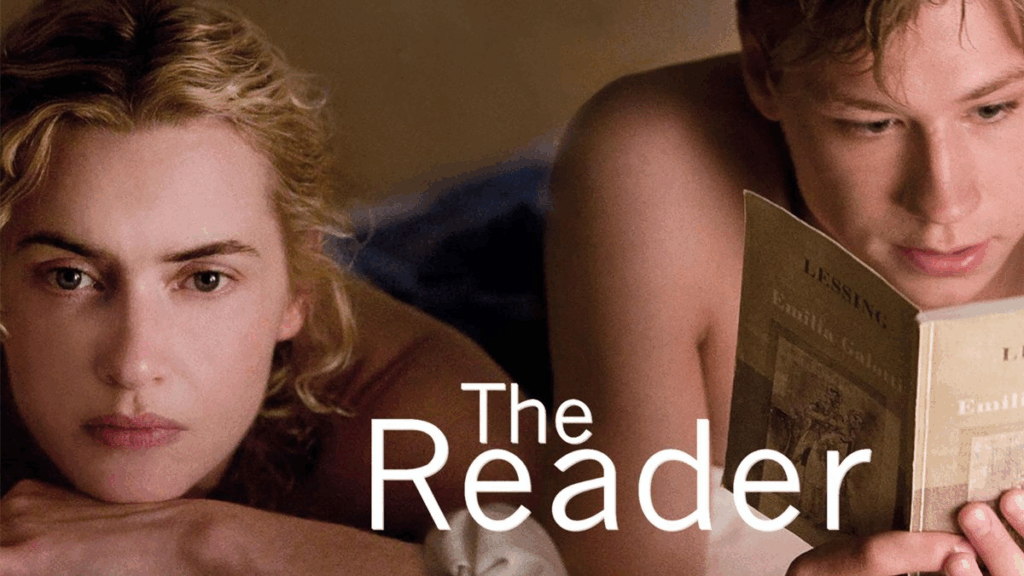
Synopsis: A Love Affair Marred by Secrets and History
Set in post-World War II Germany, The Reader unfolds across two timelines, blending a coming-of-age romance with a courtroom drama. In 1958 Neustadt, 15-year-old Michael Berg (David Kross) falls ill with scarlet fever and is aided by Hanna Schmitz (Kate Winslet), a reserved 36-year-old tram conductor. After recovering, Michael seeks her out to thank her, sparking an intense, secretive affair. Their relationship is marked by passionate encounters in Hanna’s apartment, where she insists Michael read literary classics—such as The Odyssey and The Lady with the Dog—aloud to her before they make love. Despite their bond, Hanna abruptly disappears, leaving Michael heartbroken and confused.
Eight years later, in 1966, Michael, now a law student (played by Ralph Fiennes as an adult), attends a war crimes trial as part of a university seminar. He is shocked to discover Hanna among the defendants, accused of being a former SS guard at a Nazi concentration camp. The trial reveals Hanna’s role in selecting prisoners for death at Auschwitz and her involvement in a tragic incident where 300 women perished in a burning church during a death march. Michael realizes Hanna is illiterate, a secret she guards fiercely, even at the cost of a harsher sentence, as it explains her insistence on being read to and her wartime actions. Torn between exposing her illiteracy to mitigate her punishment and respecting her shame, Michael remains silent, grappling with his lingering love and moral outrage.
In the 1980s and 1990s, an older Michael, now a detached divorce attorney, reflects on the affair’s impact, recording himself reading books to send to Hanna in prison. After her release in 1988, Michael is tasked with helping her reintegrate, but their reunion is fraught with unresolved pain. The film concludes with Michael seeking closure by visiting the grave of a Holocaust survivor and sharing Hanna’s story with his daughter, confronting his past and the weight of Germany’s collective guilt. Running at 124 minutes, The Reader is a layered drama that balances intimate romance with profound ethical questions, anchored by its stellar performances.
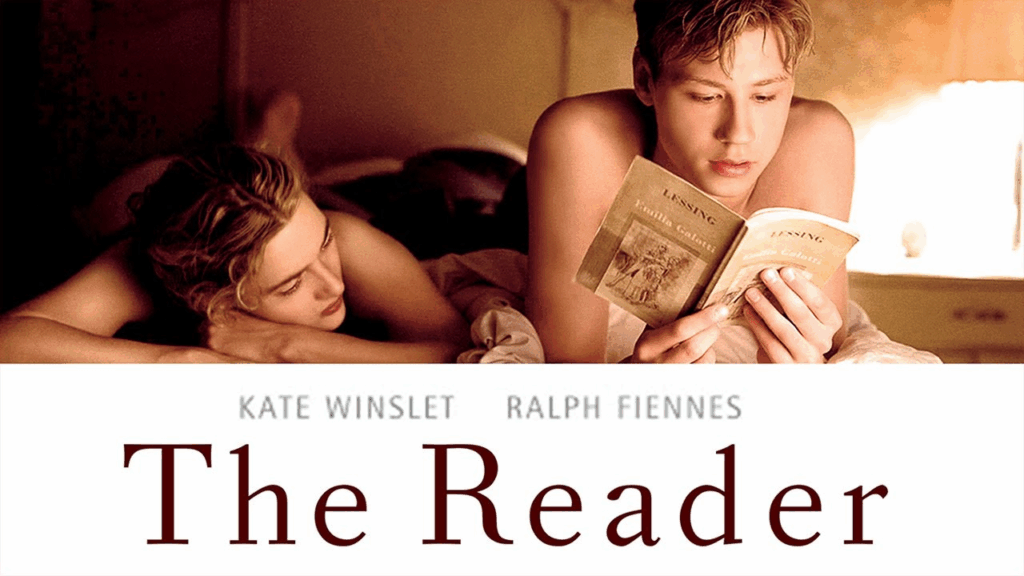
Kate Winslet, David Kross, and Ralph Fiennes: A Triumvirate of Emotional Depth
The performances in The Reader are its cornerstone, with Kate Winslet delivering a tour-de-force portrayal of Hanna Schmitz, earning her the Academy Award for Best Actress. Winslet, aged 33 during filming, imbues Hanna with a complex blend of stoicism, vulnerability, and moral ambiguity. Her subtle physicality—rigid posture, guarded expressions—conveys Hanna’s shame over her illiteracy and complicity in Nazi crimes, while her tender moments with Michael reveal a yearning for connection. Winslet’s preparation, including studying German accents and consulting Holocaust survivors, as noted in a 2008 The Guardian interview, added authenticity, with critics like Roger Ebert praising her “fearless” commitment to a “repellent yet fascinating” character.
David Kross, an 18-year-old German actor in his English-language debut, is revelatory as young Michael Berg. His wide-eyed innocence and raw emotion capture Michael’s transition from lovesick teenager to disillusioned student, particularly in the trial scenes where his shock and betrayal are palpable. Kross’s chemistry with Winslet, described by Variety as “electric,” grounds the affair’s intensity, making their age gap both believable and unsettling. ***, as per IMDb, showcases a maturity beyond his years.
Ralph Fiennes, as adult Michael, brings a quiet intensity to a man haunted by his past. His restrained, melancholic portrayal, marked by sparse dialogue and expressive silences, conveys Michael’s emotional detachment and lingering guilt, earning praise from The New York Times for its “haunting” depth. Supporting performances, including Bruno Ganz as the empathetic Professor Rohl, Lena Olin as a stern Holocaust survivor, and Alexandra Maria Lara as Michael’s daughter, add texture to the narrative. The trio of Winslet, Kross, and Fiennes drives the film’s emotional weight, their interplay across timelines creating a seamless, affecting story.

Production: A Meticulously Crafted Adaptation
Directed by Stephen Daldry, known for Billy Elliot (2000), The Reader was adapted by David Hare from Bernhard Schlink’s novel, preserving its introspective tone while streamlining its philosophical debates. Produced by The Weinstein Company, Miramax, and Mirage Enterprises with a $32 million budget, the film was shot in 2007 across Germany (Berlin, Cologne, Görlitz) and New York, capturing post-war Germany’s austere beauty, per Box Office Mojo. Cinematographers Roger Deakins and Chris Menges, both Oscar nominees for their work, employed a muted palette of grays and blues, with handheld shots in intimate scenes and stark compositions in the trial, creating a somber, reflective mood, as praised by Film Comment.
Nico Muhly’s score, featuring plaintive piano and strings, enhances the film’s emotional resonance, while Claire Simpson’s editing weaves the 1958, 1966, and 1988 timelines seamlessly, earning an Oscar nomination. Production design by Brigitte Broch and costume design by Ann Roth authentically recreated 1950s and 1960s Germany, from Hanna’s modest apartment to the courtroom’s austere grandeur. Challenges included navigating the novel’s controversial themes—Hanna’s illiteracy, the Holocaust’s moral weight—while avoiding sensationalism. *** but were defended by Daldry as essential to the story’s intimacy, per a 2009 Variety interview.
Production faced logistical hurdles due to the death of producers Anthony Minghella and Sydney Pollack during post-production, delaying the release, as noted on IMDb. The film premiered at the New York Film Festival on December 3, 2008, with a limited release on December 10 to qualify for Oscars, expanding in January 2009. Its R rating, for “graphic nudity, sexuality, and language,” reflected its mature content, per Common Sense Media. The Weinstein Company’s aggressive awards campaign, including a BAFTA screening, boosted its profile, culminating in Winslet’s Oscar win.
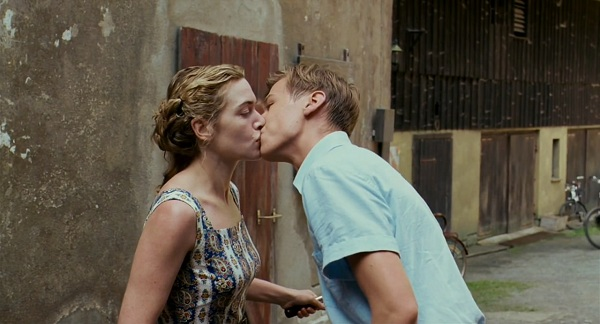
Themes and Symbolism: Guilt, Complicity, and Redemption
The Reader grapples with themes of guilt, complicity, and the search for redemption, exploring the personal and collective scars of the Holocaust. Hanna’s illiteracy serves as a metaphor for moral blindness, her shame reflecting Germany’s struggle to confront its Nazi past, as analyzed in Cineaste. ***, with Hanna’s dominance over Michael echoing the authoritarianism she enforced as a guard, per Film Quarterly. Michael’s silence during the trial symbolizes the “second generation’s” complicity in suppressing Germany’s history, a theme resonant with Schlink’s novel, as The Guardian notes.
The Holocaust’s legacy looms large, with the trial exposing the banality of evil—Hanna’s bureaucratic role in mass murder—while challenging viewers to judge her humanity, a divisive element, as The New York Times observes. Redemption is elusive, with Hanna’s prison reading and Michael’s tapes offering partial atonement but no absolution, reflecting the impossibility of erasing historical guilt, per Slate. Symbolically, books represent knowledge and truth, their reading a bridge between Hanna and Michael, while the burning church evokes the Holocaust’s horrors. The film’s muted colors mirror post-war Germany’s emotional desolation, with Hanna’s apartment a fleeting sanctuary turned prison, as Letterboxd users note.
Gender and power dynamics are subtle, with Hanna’s authority over Michael contrasted by her vulnerability in court, complicating feminist readings, as discussed in Journal of Gender Studies. The film’s moral ambiguity—neither condemning nor excusing Hanna—invites debate, making it a provocative meditation on human complexity.
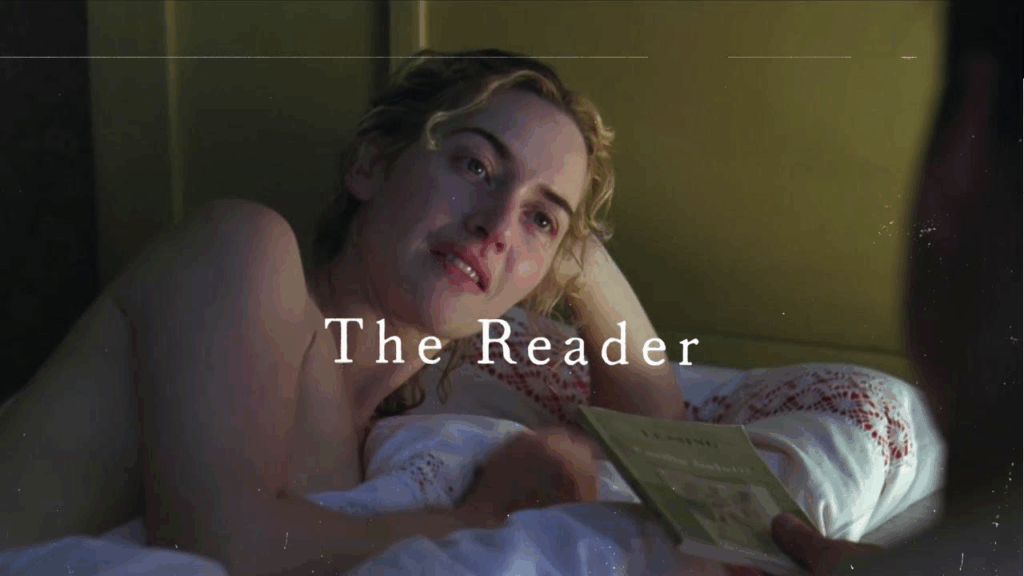
Reception and Controversy: A Critical and Awards Darling
The Reader received strong critical acclaim, earning an 83% approval rating on Rotten Tomatoes from 204 reviews and a 58/100 on Metacritic from 38 critics, indicating “generally favorable” reception. Roger Ebert gave it 3.5 stars, praising Winslet’s “extraordinary” performance and Daldry’s “elegant” direction, though noting its moral complexity could alienate some. The New York Times’ Manohla Dargis called it “a work of mournful maturity,” lauding its performances and visuals, while Variety’s Todd McCarthy hailed its “deeply absorbing” narrative but questioned its “softened” Holocaust depiction. The Guardian’s Peter Bradshaw gave it four stars, calling it “intelligent and affecting,” though Slate’s Dana Stevens criticized its “moral murkiness” for risking Holocaust trivialization.
Audience reactions were mixed, with a 58% Popcornmeter on Rotten Tomatoes from over 25,000 ratings. Fans on Letterboxd, like @Cinephile88, praised its “heart-wrenching” performances, while others, like @FilmFan22, found the affair “disturbing” and the Holocaust framing “problematic.” The film grossed $34.2 million domestically and $108.9 million worldwide, a strong return on its $32 million budget, per Box Office Mojo, driven by awards buzz and Winslet’s star power.
Controversy centered on the film’s portrayal of Hanna, with critics like The Atlantic’s Ron Rosenbaum arguing it “humanized” a Nazi perpetrator, risking sympathy for war criminals, a view echoed by Holocaust scholars in The New Republic. The affair’s age gap and power dynamics drew scrutiny, with Common Sense Media rating it 17+ for “graphic nudity, sex, and mature themes,” warning of its ethical weight. Supporters, including Daldry in a 2009 Variety interview, defended the film as a nuanced exploration of guilt, not an apology for Nazism. The debate fueled its cultural impact, with 2025 X posts like @vibe_trib3 calling it “a moral gut-punch.”

Cultural Significance: A Post-Holocaust Reflection
The Reader arrived during a wave of Holocaust-themed films, following Schindler’s List (1993) and Life Is Beautiful (1997), reflecting ongoing global reckoning with World War II’s legacy. Released in 2008, amid post-9/11 debates about morality and justice, its exploration of complicity resonated with audiences grappling with historical accountability, as Film Comment notes. Winslet’s Oscar win, beating Meryl Streep and Angelina Jolie, solidified her as a leading actress, while Kross’s debut launched his career in War Horse (2011). Fiennes’s understated role reinforced his reputation for complex characters, per The Independent.
Compared to Crazy/Beautiful (2001), previously discussed, which tackles teen romance and class, The Reader offers a darker, historical lens on love and morality, both centering young protagonists (Michael, Carlos) navigating forbidden relationships. Its influence is seen in later dramas like The White Ribbon (2009), probing societal guilt, and its classroom use in Holocaust education, as noted by The Guardian, underscores its pedagogical value. The film’s cult status, fueled by Blu-ray releases and streaming on Max, endures, with 2025 X posts like @FilmNerd25 praising its “unflinching” depth.
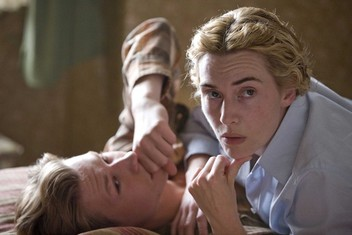
Legacy and Availability
The Reader remains a powerful, polarizing classic, celebrated for Winslet’s performance, Daldry’s direction, and its moral complexity, though debated for its Holocaust framing. Its 2009 Blu-ray and DVD releases, including a Weinstein Company edition with cast interviews, are collector favorites, per Amazon. Academic analyses in Holocaust and Genocide Studies explore its ethical dilemmas, while Letterboxd reviews, like @DramaFan’s “profoundly moving,” affirm its impact.
As of May 22, 2025, The Reader is available for streaming on Max, Hulu, Peacock, and Prime Video (subject to regional availability), with English subtitles. Rental and purchase options exist on Amazon Video, Apple TV, Fandango at Home, YouTube, and Google Play. Physical copies are available through retailers like Amazon and Walmart.
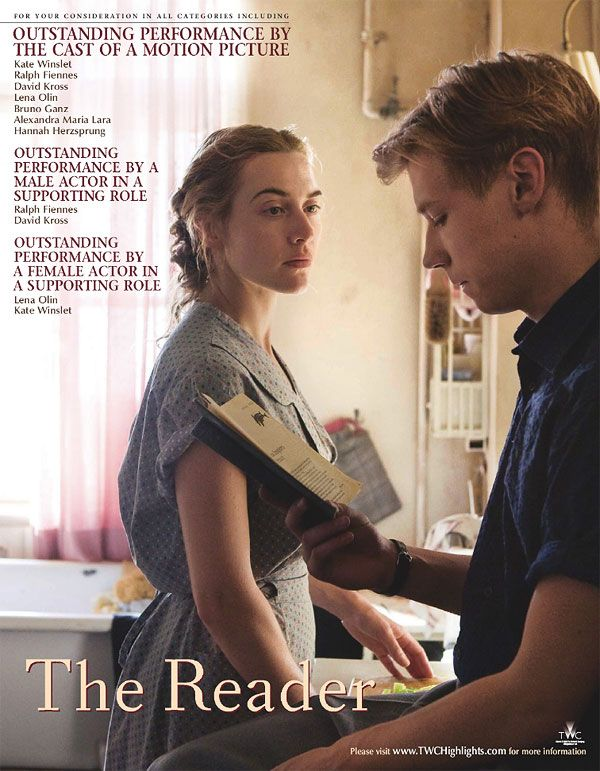
Conclusion: A Haunting Meditation on Love and Guilt
The Reader (2008) is a masterful, emotionally resonant drama that intertwines a forbidden love story with a profound reckoning of Holocaust guilt. Stephen Daldry’s meticulous direction, paired with Kate Winslet, David Kross, and Ralph Fiennes’s riveting performances, crafts a film that challenges viewers to confront moral ambiguities. While its controversial framing sparks debate, its artistry and emotional depth make it a cinematic milestone, rewarding those who grapple with its complex questions.